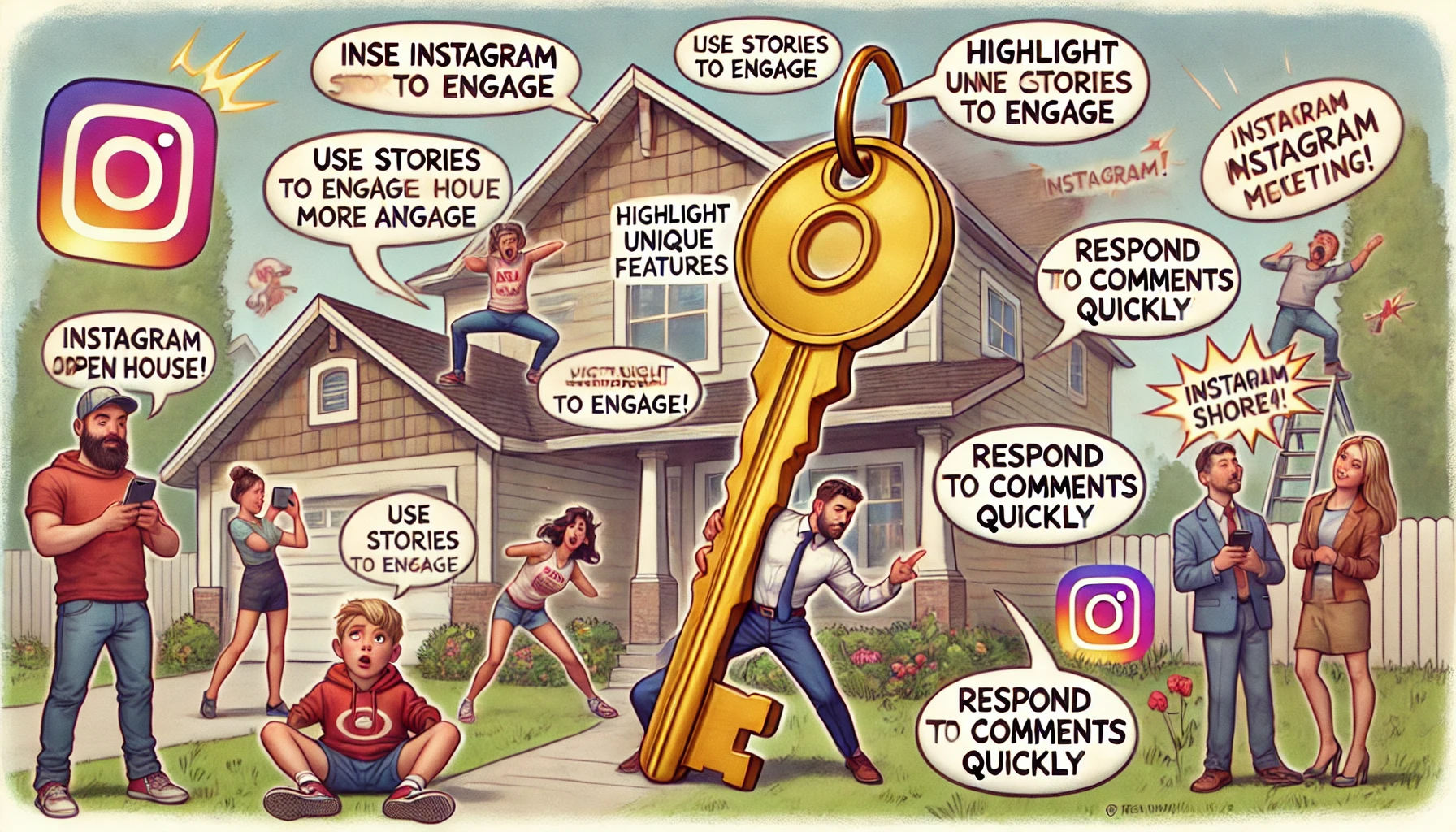Choosing the right branding approach: ensure your business’s success

Understanding branding strategies
A robust branding strategy is indispensable for any business aiming to enhance its market presence and achieve success.
This strategy serves as a blueprint for how a brand is presented to its audience, encapsulating everything from the communication of its unique value to its mission, values, and vision. The right branding strategy doesn’t just make a brand recognizable—it shapes how customers perceive and interact with it, bolstering brand awareness and recognition.
Brand strategy vs. brand identity
It’s common to conflate brand strategy with brand identity, yet they serve distinct purposes. Brand identity covers the visual and auditory elements of a brand, such as tone, graphics, color schemes, and typography.
In contrast, a branding strategy uses these elements to influence consumer perceptions and build a connection with the audience.
Nine types of branding strategies
Businesses can choose from several branding strategies, each suited to different goals and audiences:
Corporate branding: This strategy humanizes a brand, making it relatable through tone, voice, partnerships, and public stances. For instance, Apple leverages its commitment to innovation, creativity, and imagination to forge strong emotional connections with its customers.
Product branding: Focused on distinguishing a brand through its products, this strategy is exemplified by Coca-Cola, recognized globally for its red cans and consistent marketing messages.
Service branding: Essential for service-oriented businesses like consultancies or banks, this strategy is typified by GEICO, known for its gecko mascot and catchy slogans.
Retail branding: It emphasizes a consistent shopping experience, whether online or in-store, as seen with Walmart’s unified branding approach across all platforms.
Personal branding: Utilized by individuals to highlight unique skills or perspectives, such as Elon Musk’s association with innovation through Tesla and SpaceX.
Geographical branding: Focuses on local uniqueness, a tactic used by McDonald’s to tailor products and marketing to regional tastes and cultural preferences.
Co-branding: A collaborative strategy where two brands partner to offer a combined service or product, enhancing each other’s market reach. A notable example is the partnership between Uber and Spotify, allowing riders to personalize their trips with music.
Online branding: Integrates various digital platforms to project a company’s personality, with Starbucks leveraging its online presence to foster a strong community through user-generated content.
Offline branding: Involves traditional marketing through billboards, print ads, and more, complementing digital strategies to enhance brand visibility in the physical world.

Choosing the right brand strategy
Selecting an appropriate branding strategy involves considering several factors:
Business goals: Clearly define what you aim to achieve with your branding.
Target audience: Develop a deep understanding of your audience by creating detailed user personas.
Industry and competitors: Analyze competitors and industry standards to identify effective strategies and potential pitfalls.
Brand identity: Align your strategy with your brand’s overall identity to ensure a cohesive presentation to consumers.

Key elements of effective branding
Successful branding hinges on consistency and emotional connection. Consistency in messaging fosters trust and familiarity, while emotional resonance helps a brand connect deeply with its audience, driving loyalty.
Furthermore, adaptability is crucial; brands must evolve with market trends and customer preferences to stay relevant and engaging.
Crafting an effective branding strategy is a dynamic, ongoing process that plays a critical role in a business’s success. By understanding the nuances between different types of strategies and aligning them with business goals and customer expectations, companies can build a strong, enduring brand presence.

Expert opinions choosing the right branding approach
Thomas Nguyen, COO of Exact Estimates LLC “A professional job quote demonstrates your organizational skills and attention to detail. Clients appreciate transparency and precision, which can be conveyed through a well-structured quote. It should be free of errors and omissions, which can otherwise lead to mistrust and lost opportunities.”
Emily Hart, Senior sales manager at ContractWorks “First impressions in sales are everything. A job quote that is meticulously prepared can be a powerful sales tool. It shows that you value the client’s business and have invested time in understanding their needs. This personalized touch can often be the deciding factor in winning a contract.”
Carlos Ramos, Financial advisor at Accurate Quotes Financial “A job quote isn’t just a cost estimate; it’s a financial document that reflects your business acumen. Clients look for quotes that are realistic and comprehensive. Including a detailed breakdown of costs, terms, and conditions shows that you are thorough and professional, which builds confidence in your financial reliability.”

 4 min
4 min 






